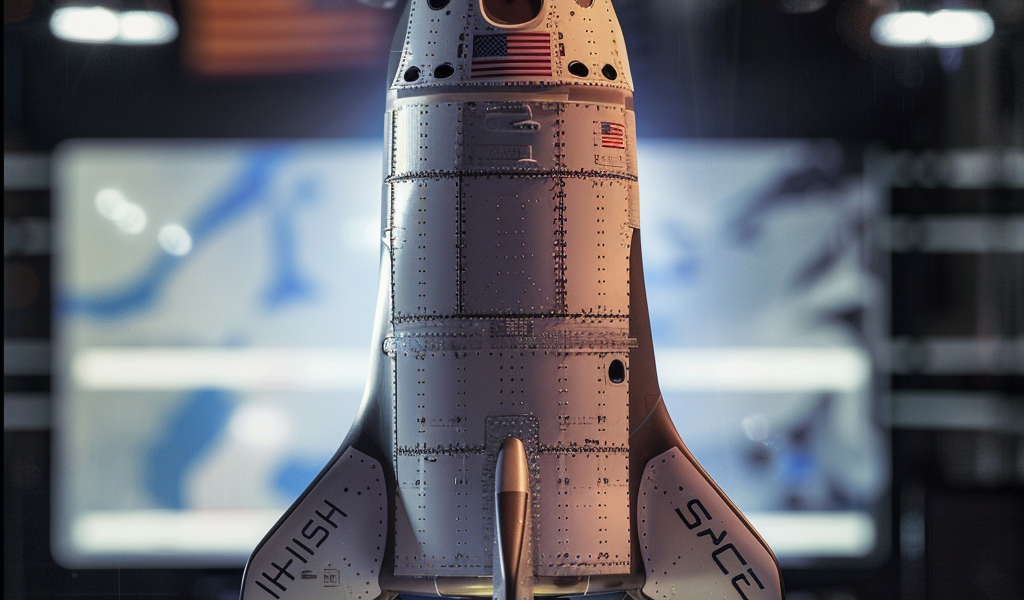NASA and SpaceX Conduct Successful Testing of Starship HLS Docking System for Artemis Missions
NASA and SpaceX have successfully conducted full-scale qualification testing of the docking system for the Starship Human Landing System (HLS) that will facilitate crewed Artemis missions to the Moon. This testing is a significant milestone in NASA’s Artemis campaign, which aims to establish a sustainable human presence on the lunar surface.
The docking system, based on SpaceX’s flight-proven Dragon 2 active docking system, will enable the connection of the Starship HLS with the Orion spacecraft and later the Gateway in lunar orbit. This critical capability will allow astronauts to transfer between different spacecraft to carry out lunar landings and return to Earth.
For the upcoming Artemis III mission, astronauts will utilize the Orion spacecraft to travel from Earth to lunar orbit. Once in lunar orbit, they will transfer to the Starship HLS, which will transport them to the lunar surface. Upon completion of surface activities, the Starship will return the astronauts to the waiting Orion in lunar orbit. Subsequent missions will involve astronauts transferring from Orion to Starship via the Gateway lunar space station, further demonstrating the versatility of the docking system.
The recent qualification testing for the Starship HLS docking system took place at NASA’s Johnson Space Center over a 10-day period. The tests involved simulating contact dynamics between two spacecraft in orbit, encompassing over 200 docking scenarios with varying approach angles and speeds. These real-world results using full-scale hardware have provided validation for the computer models of the Moon lander’s docking system.
One of the key highlights from the testing was the successful demonstration of the Starship system’s ability to perform a ‘soft capture’ while in the active docking role. This involves the extension of the soft capture system (SCS) on the active docking system, allowing the two spacecraft to dock seamlessly. SpaceX’s completion of over 30 HLS specific milestones, including defining and testing hardware for power generation, communications, guidance and navigation, propulsion, life support, and space environment protection, underscores the company’s commitment to the Artemis mission.
Under NASA’s Artemis campaign, the agency is poised to make history by landing the first woman, the first person of color, and its first international partner astronaut on the lunar surface. This ambitious endeavor represents a significant step towards advancing human space exploration and paving the way for sustained scientific exploration on the Moon.





